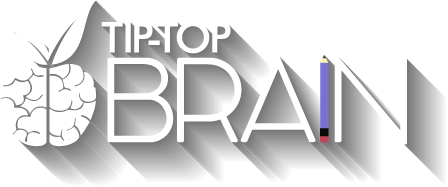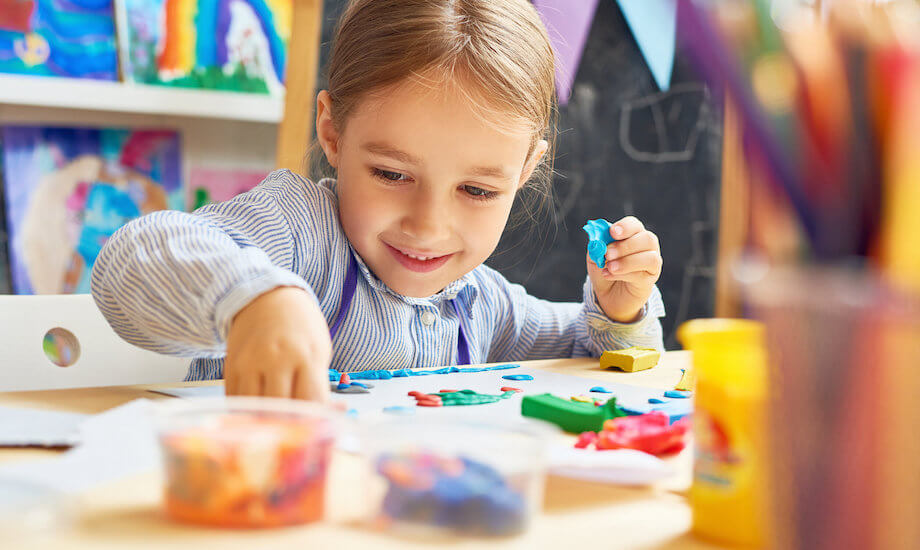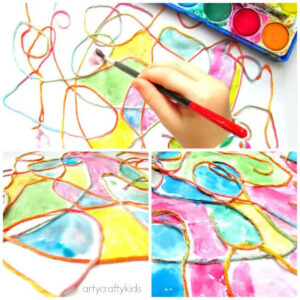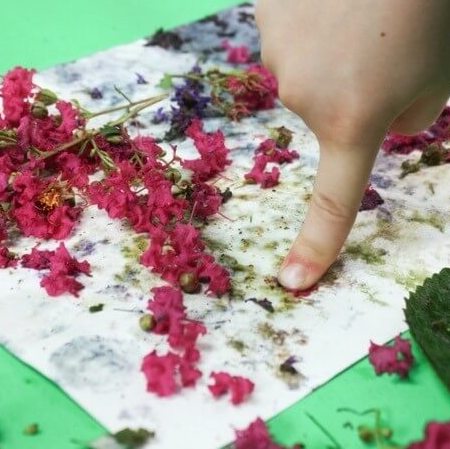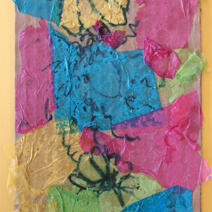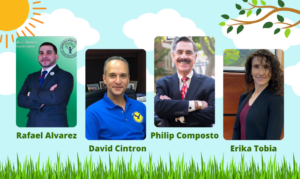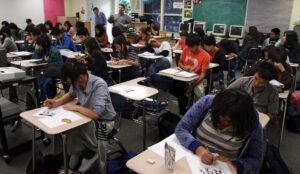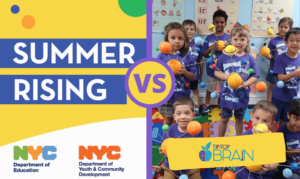While art for kids is essential to their development, many classrooms continue to implement “crafts” as a sufficient form of learning. When doing crafts, the child is simply creating a cookie-cutter piece of artwork. As a result, children are usually unable to distinguish between their artwork from their peers. On the other hand, processes and open-ended art for kids places an emphasis on the creative process instead of the finished piece. This allows children to learn a variety of new skills and understand the value of their unique artwork as opposed to attempting to replicate a model to perfection.
Through the advent of open-ended experiences with art for kids, students are also actively working on their cognitive Through open-ended art experiences, students are also actively working on their cognitive development and practicing their social-emotional skills. From ages 3-8, it is recommended for children to work with art, music, drama, and dance. Art for kids gives students another means of expression through language.
Process and open-ended art for kids should aim to teach lifelong skills and strays away from quick Pinterest crafts. Children are able to develop and practice their fine motor skills, problem-solving, self-regulation, and confidence. Parents can support their children by providing clear and explicit instructions during such activities.
For example, instead of creating a paper plate flower, parents can first prompt their children to look for flowers in their home, backyard, or in nature. Afterwards, the child should be prompted to mold a flower out of clay or playdough. Through this process, the child can look closely at the flower, make observations, manipulate the material, refine their motor skills, and explore their ideas in three dimensions. If done in a classroom or with a group of children, what would be discovered is that each flower will be unique and meaningful, which can be a segue to discussion.
Open-Ended Art For Kids You Can Do at Home
Open-Ended Art Materials
Paint, PaintbrushePaint, Paintbrushes, Watercolor, Chalk, Crayons, Markers, Clay, Playdough, Oil Pastels, Pipe Cleaners, Eye Droppers, Natural Materials (Leaves, Sticks, Rocks), Cardboard Boxes, Bottle Caps, String, Fabric Scraps, Paper Scraps.
Additionally, when introduced to meaningful art, students will be able to use “art talk.” For example, students will be able to recognize terms such as, color, shape, line, texture, pattern, movement, etc. Parents can support such vocabulary development and “art talk” by asking their children thoughtful questions.
Parents Can Ask:
- “What color did you make?”
- “How did you make that color?”
- “Can you show me what colors you blended to make that?”
- “How does the texture feel to you?”
- “Tell me about the shapes you used”
- “Tell me about the lines you used”
- “What can you tell me about your artwork?”
- “How does your drawing make you feel when you look at it? Why?”
- “How did you get this idea for your artwork?”
As you can see, arts and crafts are not synonymous, and should not be used interchangeably. Although, kids crafts are not ideal for learning; they should not be completely discounted. While crafts for kids can be quick and easy to follow, As you can see, arts and crafts are not synonymous, and should not be used interchangeably. Although, crafts are not ideal for learning; they should not be completely discounted. While crafts can be quick and easy to follow, open-ended art should be prioritized.
By focusing on open-ended art processes in the classroom and the home, we are encouraging students to explore, problem-solve, practice self-expression, and most importantly understand the value of their artwork. With the holidays approaching, cooking with your child is the perfect way to bond and emphasize open-ended processes. By providing children the time and space for open-ended processes, we foster children’s innate motivation to create. Check out the Tip-Top Brain Art and Literacy Winter Wonderland coming soon!
